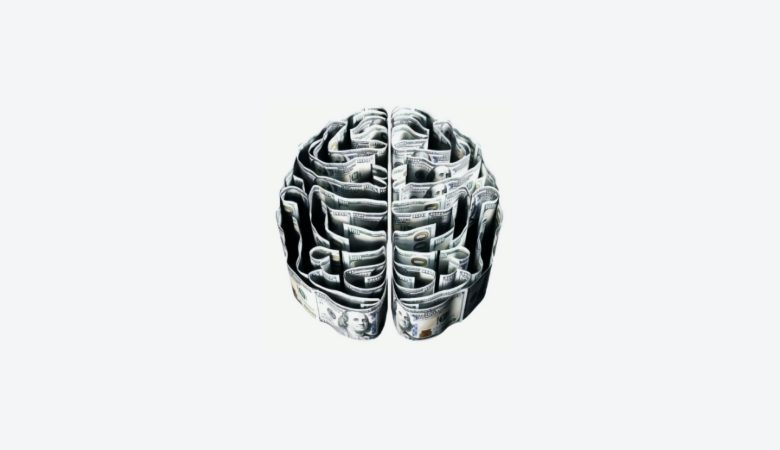The Duality of Brain: Understanding the Two Systems of Cognitive Processing

When faced with a problem, most of us try to solve it. But have you ever stopped to think about how you’re solving it? The brain is complex, to put it mildly. In fact, scientists now believe that our brains have two different systems of cognitive processing.
One is “automatic” or instinctual—what you might think of as your intuition or recognize as animal instinct in other species. The second system is consciously analytical and has specifically evolved in humans. This system is rule-based and requires a lot more mental energy. Both systems work together to help us process all of life’s challenges. Neither is superior to the other, and we need both for different situations.
Psychologist and Nobel Laureate in Economics Daniel Kahneman explained the two types of cognitive processing in his book, Thinking, Fast and Slow. Here’s an overview of how Kahneman and other scientists believe the brain functions.
System 1 and System 2
Kahneman describes the two systems:
“System 1 operates automatically and quickly, with little or no effort and no sense of voluntary control. System 2 allocates attention to the effortful mental activities that demand it, including complex computations. The operations of System 2 are often associated with the subjective experience of agency, choice, and concentration.”
You probably recognize your own System 1 and System 2. System 1 is the reason you can zone out on your drive home: you already know the way and what to expect. It helps you recognize patterns, create associations and make comparisons (such as loud versus quiet). System 2 is the type of thinking that you do when you’re puzzling out a logic problem, reading a book or deciding which politician to support.
Why is that so interesting? It turns out that both systems draw upon the same pool of mental energy, and System 2 requires a lot more of it. That makes cognitive biases a lot more appealing to your brain—and it’s why it’s so hard to change someone’s mind when they subscribe to a false belief.
What you’re thinking when you’re thinking
System 1 automates a lot of System 2’s processes over time. It’s why you instinctively know that 2 + 2 = 4, for example. Your brain has already learned that equation through conscious, logical processes. Maybe your kindergarten teacher taught you by counting on your fingers or other objects, so you could “see” the math and puzzle through it. Simple processes and basic facts become second nature—the province of System 1. While System 1 can be trained to generate skilled responses and intuitive “knowings,” it can also substitute easier questions for harder ones, compute more than intended and other time- and energy-saving tricks.
This can be a problem because it makes it very easy to create cognitive biases and override logic. In fact, your brain can only concentrate on one System 2 task at a time. If you’re trying to focus on a book and someone offers you two food choices—one healthy and one unhealthy yet satisfying—you’re far more likely to pick the unhealthy option, even if you’re on a diet. Your brain simply can’t add another System 2 task to the queue. This is also the reason you feel mentally exhausted after focusing on a project for a long time.
System 1 can take over in other ways, too. For example, if you’ve ever said what you really think after a few drinks, that’s System 2 abandoning you (it’s too much effort to think about the consequences) for System 1’s automatic processes. Don’t try to use this as an excuse the next time you stick your foot in your mouth at happy hour, though. Chances are your friends won’t appreciate your treatise on the mind as much as a sincere apology!
What to take away
Knowing how your brain makes decisions and performs tasks is interesting in and of itself. It’s also a salient reminder that our brains aren’t always the masters of cool logic that we’d like to believe—and why it’s hard to overcome an “easier” belief or bias. In fact, if you think of your brain as inherently lazy (or efficient, depending on your perspective), it starts to become easier to understand why people rely on stereotypes and other cognitive shortcuts. On the other hand, now that you know that, you can start to overcome your own shortcuts.
This is just a sampling of what Kahneman relays in Thinking, Fast and Slow—to go further in-depth, grab a copy at your favorite bookstore or local library.

